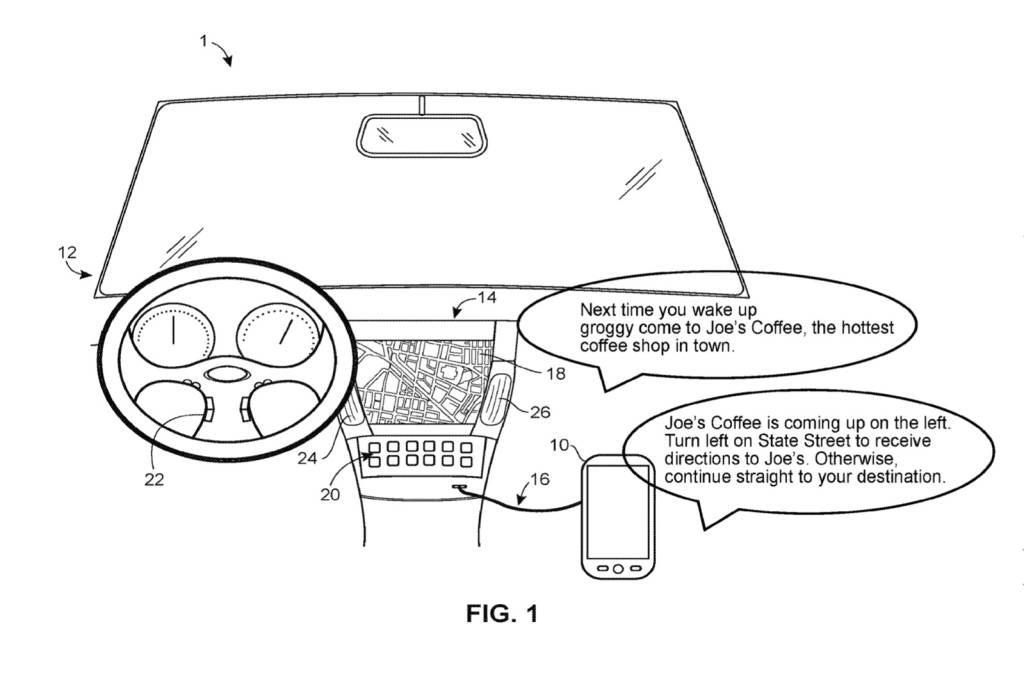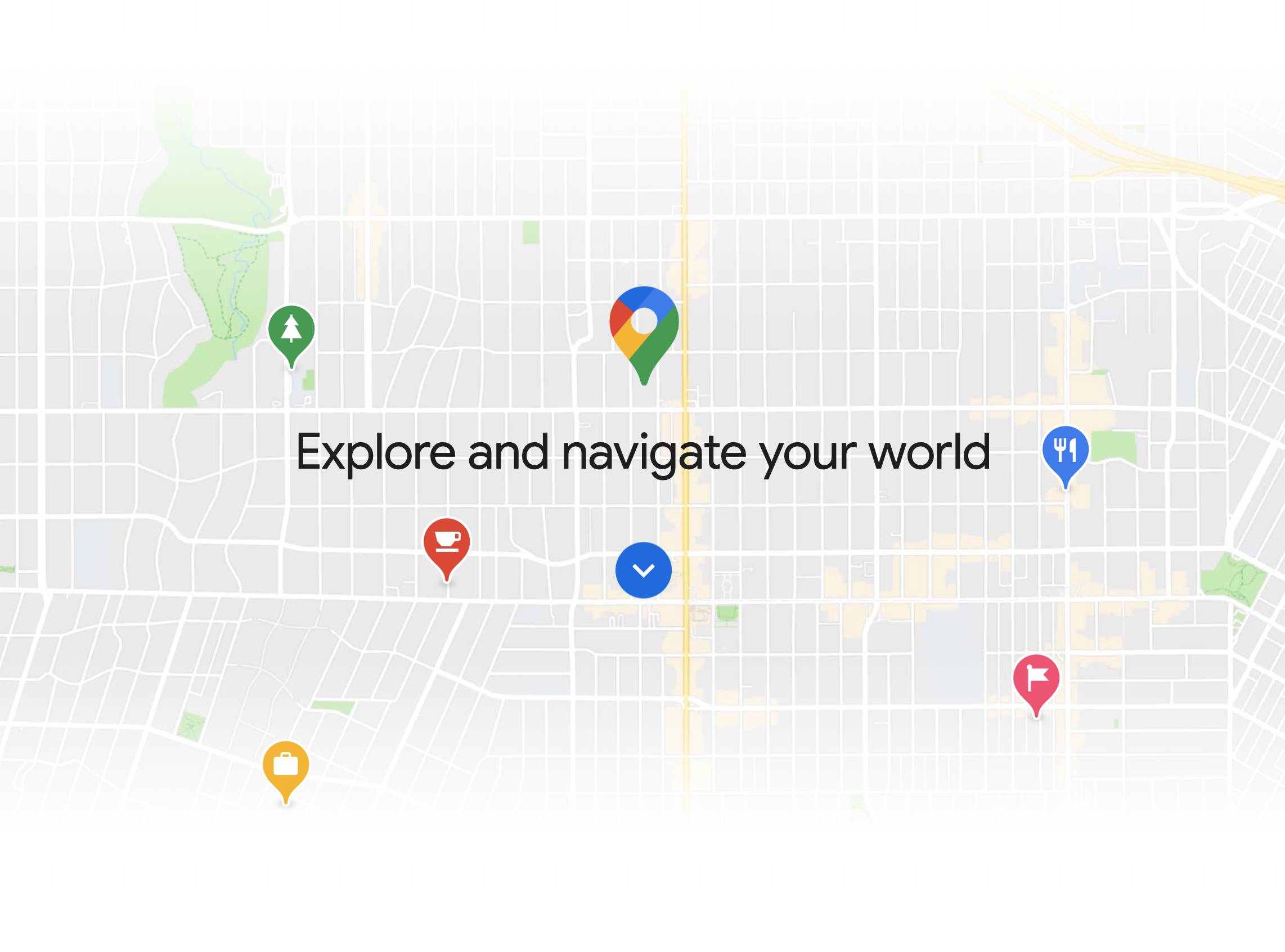- Ads from streaming services might prompt destination suggestions in Google Maps in the future.
- Google hasn’t commented whether it’ll see the light of day.
- Google filed a patent for the concept in 2020.
Google is working on a “content-aware audio navigation” feature that would suggest destinations based on ads playing on the radio or streaming services, a recently discovered patent filing shows.
First spotted by Auto Evolution, the patent application detailing this feature was filed by Google back in 2020, but only published by the United States Patent and Trademark Office (USPTO) on July 16, 2024.
The proposed feature stems from the need to manage multiple audio sources. Google notes in the patent application that turn-by-turn directions often have to compete with music, podcasts, audiobooks, or whatever else drivers are listening too. This can be, as Google puts it, “suboptimal” both because drivers may not be able to hear directions or because directions interrupt other audio at inopportune times.

Google Maps content-aware audio navigation
The current version of Google Maps that runs in cars via Android Auto or Apple CarPlay already compensates for this somewhat by automatically lowering the volume of other audio sources when relaying directions, but the patent filing proposes something more advanced.
As described in the application, Google Maps would scan the audio content to determine if there are any breaks where it could issue directions with less disruption, although it would still interrupt if there isn’t enough time before the next turn. This feature would also take cues from the audio to determine parameters like language and playback speed for directions, matching the audio content that the driver is currently listening too.
Google also discusses allowing Maps to listen to local radio ads to generate suggested destinations. If an ad for Starbucks comes on the radio, for example, Maps might hear that, locate the nearest one, and offer to reroute you.

Google Maps content-aware audio navigation
Given the ad-centric nature of Google’s business model, it’s not surprising that a practical feature like better balancing of audio for navigation and entertainment is also being discussed as a conduit for more intrusive ads. It’s also important to remember that this feature is only in the patent stage, and that users may opt not to use it if it does become part of a future Google Maps update.
Google Maps has been steadily adding features. It recently gained speedometer and speed limit functions for the Apple iPhone’s iOS operating system (those features have been available on Android since 2019), while EV charging integration appeared in 2023.
